The sika deer (Cervus nippon) is a medium‑sized deer of Asian origin that has become established in parts of Europe. Mature stags stand about 0.70–0.95 m at the shoulder and weigh 40–70 kg, while hinds weigh 30–45 kg. In summer, their coat is pale yellow or reddish‑brown with white spots, turning dark grey or black in winter with a conspicuous dark dorsal stripe. They have a distinctive white rump with a black upper border, a short tail and antlers with up to eight points that are widely spaced and angled about 45°. Originally introduced from Japan to European parks in the 19th century, sika deer have become a challenging quarry due to their secretive nature and ability to thrive in dense forests.

Hunting seasons for sika deer mirror those for other large deer in Europe. In the UK the season for stags is 1 August to 30 April in England, Wales and Northern Ireland, and 1 July to 20 October in Scotland; hunters usually target the rut from late September to November when stags whistle and defend rutting territories. Stalking is the principal method: hunters move quietly through conifer plantations, heaths and moorlands, using wind and cover to approach deer within range. High‑seat shooting and calling are less common, and driven big‑game hunts are generally not used. Because sika inhabit dense cover and are wary, a good guide and familiarity with the terrain are essential.
Sika deer were introduced from the Far East into British parks in 1860 and subsequently escaped into the wild. Today the only free‑living form in Britain is considered to be the Japanese sika, with populations expanding across Scotland and parts of England and Northern Ireland. Preferred habitats are coniferous woodlands and heaths on acidic soils, and diets include grasses, dwarf shrubs and occasionally tree bark. Sika can hybridise with red deer, and their bark stripping and bole scoring can damage commercial forests. Management, therefore, combines culling to prevent habitat damage with regulated stalking for trophy stags; hunting revenues support woodland conservation and venison production.
The name “sika” derives from the Japanese word shika, meaning “deer,” and in Japan, sika deer are considered messengers of the Shinto gods and roam freely in the city of Nara. Sika deer in Europe are usually descendants of a single pair presented to the Earl of Powerscourt in the 19th century, and they have since spread widely. Stags may adopt different rutting strategies—defending territories, holding harems or forming small leks. The white rump patch with a heart‑shaped border and the soft, high‑pitched whistle of rutting stags make this species easy to distinguish from other European deer.
Sika Deer can be found in the following location:
Sika Deer has the following variations:
- (Varieties to be confirmed)
Start Your Adventure



